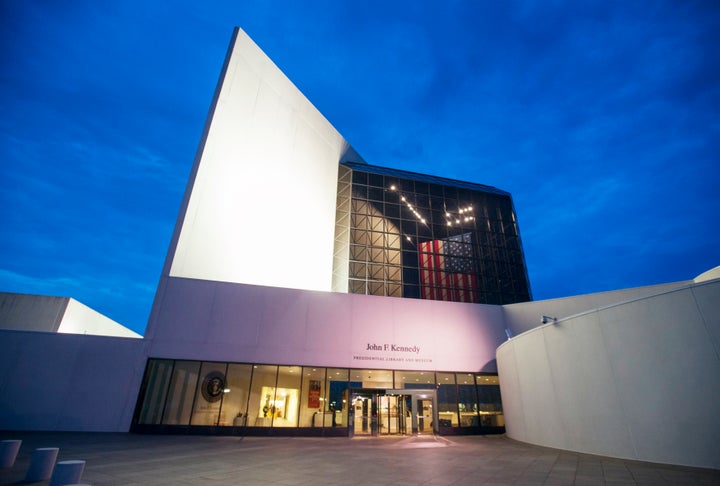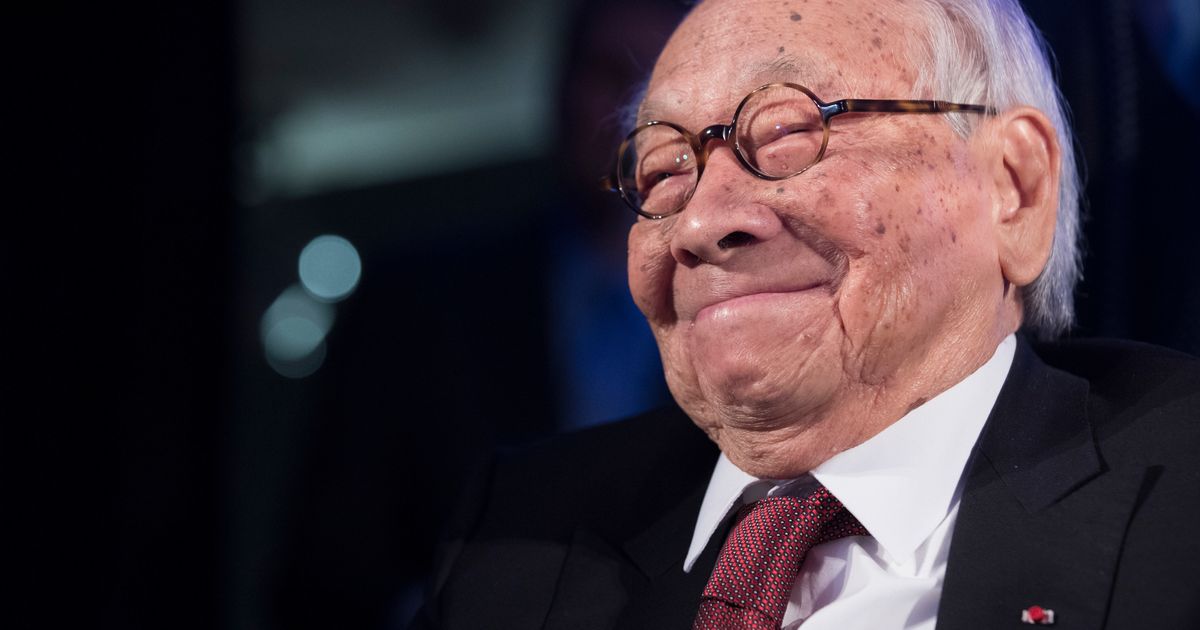World-renowned architect Ieoh Ming Pei, known as I.M. Pei, died at age 102.
Pei’s architecture firm Pei Cobb Freed and Partners confirmed to HuffPost that Pei had died. His son Li Chung Pei told The New York Times on Thursday that his father had died overnight.
The Chinese American architect was known for iconic designs, such as the Louvre Pyramid in Paris, France. Among his most famous projects were museums like the East Building of the National Gallery of Art in Washington, D.C., and the JFK Library in Boston, designed in the 1970s, as well as buildings like the Bank of China Tower in Hong Kong in the 1980s and the Four Seasons Hotel in Manhattan in the 1990s.
While the glass and metal pyramid entrance to the Louvre, built in 1989, is now one of the world’s most well-known and celebrated structures, at the time Pei’s design was met with criticism from many in France’s art establishment.
“But how can you compare?” Pei told the Times in 1983 when asked about his favorites among his works. “It’s like a man with many children … They all have different challenges, and their personalities are different.″
For the JFK Library, Pei similarly utilized glass and metal in his design to create a structure that let in floods of light.
“Its openness is the essence,” Pei wrote of the JFK Library in a 1979 program. “In the silence of that high, light-drenched space, the visitors will be alone with their thoughts.”
“In the skyline of [John F. Kennedy’s] city, in the distant horizons toward which he led us, in the canopy of space into which he launched us, visitors may experience revived hope and promise for the future,” he added.
Born in China in 1917, Pei came to the U.S. at 17 years old to study architecture. He graduated from MIT and Harvard, where he later was an assistant professor. He founded an architecture firm in the 1950s, from which he retired in 1990. He received the Presidential Medal of Freedom in 1993.

Rick Friedman via Getty Images
This has been updated throughout.
